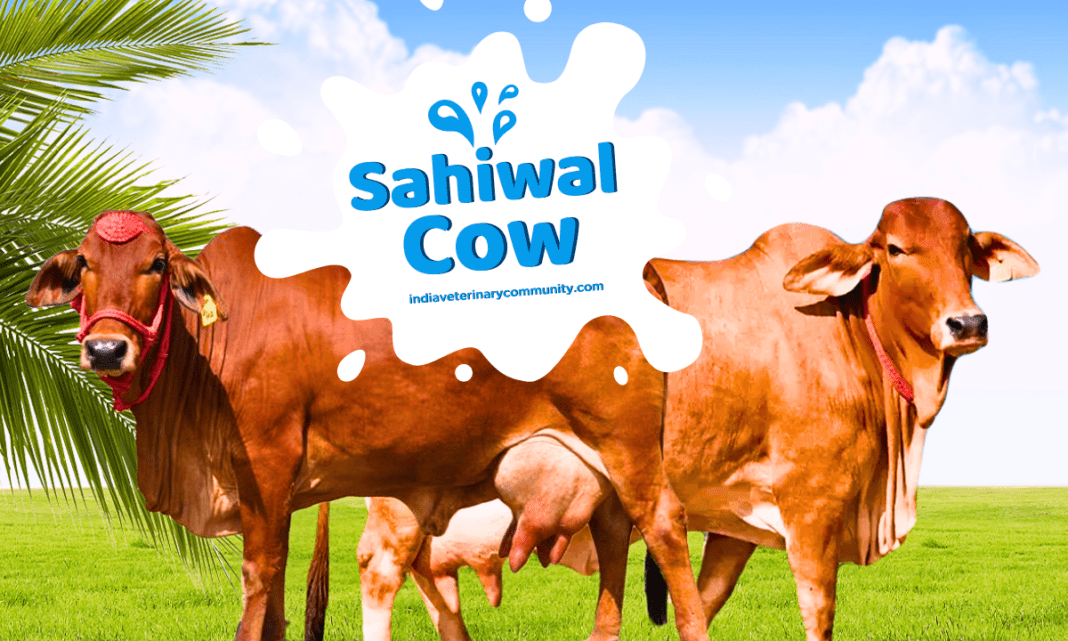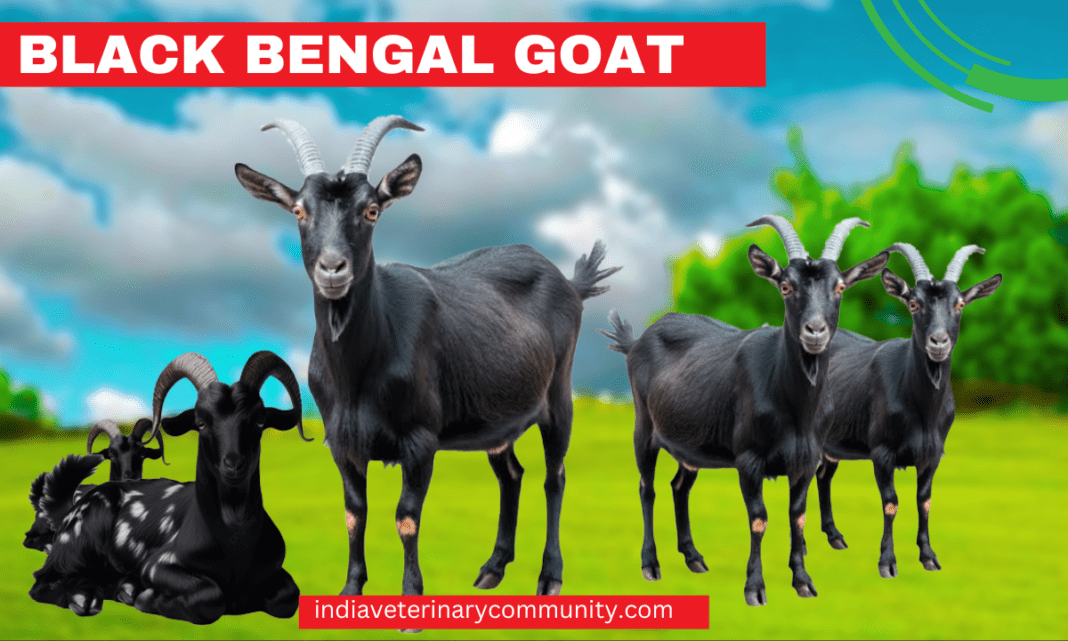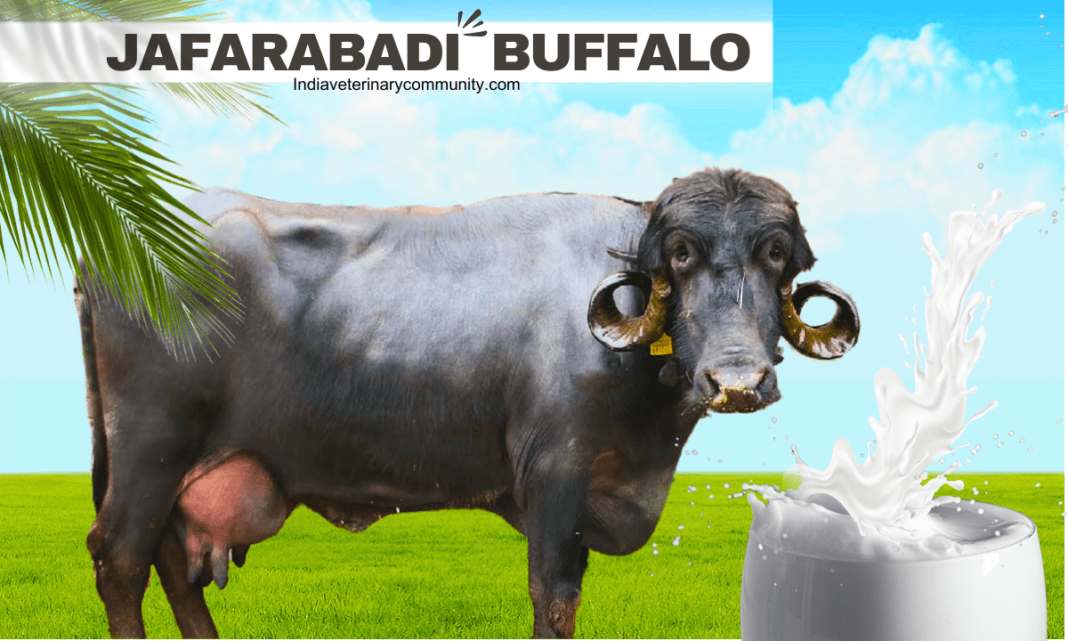Sahiwal cows are one of the most valuable breeds in India, known for their excellent milk production and ability to thrive in various climatic conditions. Originating from the Punjab region, these cows have become a favorite choice for dairy farmers across India due to their high milk yield and robust health.
Breeding Sahiwal cows is not only profitable but also sustainable, offering long-term benefits for farmers. In this article, we will look into the best practices for breeding Sahiwal cows.
Why Sahiwal Cows Are Important for Dairy Farming
Sahiwal cows play a crucial role in improving dairy production in India. These cows are famous for their high-quality milk, which contains a rich fat content, making it highly sought after in the market. Sahiwal cows can produce between 15 to 25 liters of milk per day, depending on the cow’s health, nutrition, and care.
Additionally, Sahiwal cows are hardy animals that can adapt to different environmental conditions, making them ideal for Indian farmers who deal with varying weather patterns. They also have a strong resistance to common cattle diseases, which reduces veterinary costs and ensures a longer, productive life for the cows. Overall, breeding Sahiwal cows is a smart choice for farmers who want consistent returns from their dairy farms.
Selecting the Best Sahiwal Cows for Breeding
To ensure successful breeding, selecting healthy and strong Sahiwal cows is essential. Here are some important factors to consider when choosing cows:
- Physical Health: A healthy cow will have bright eyes, a shiny coat, and a strong, sturdy body. These physical signs indicate that the cow is in good health.
- Temperament: Calm and friendly cows are easier to manage and tend to adapt well to farm life. Observe the cows in different situations to understand their behavior.
- Reproductive History: Check the cow’s past reproductive record if available. Regular and uncomplicated estrous cycles are a sign of a productive cow.
By focusing on these factors, farmers can choose cows that will contribute positively to their breeding programs and increase their farm’s overall productivity.
Gir Cow Essential Information In 2024
Jafarabadi Buffalo Breed: Tips for Success and Sustainability
Feeding and Nutrition for Sahiwal Cows
Proper nutrition is crucial for maintaining the health and milk production of Sahiwal cows. A balanced diet that includes energy, protein, vitamins, and minerals is necessary for the cows to thrive. Here are some tips for feeding Sahiwal cows:
- Green Fodder: Feed the cows green fodder such as legumes and silage. This provides essential nutrients and improves digestion.
- Quality Feed: Use high-quality hay, grains, and concentrates. These feed materials help in promoting growth and increasing milk production.
- Supplements: Adding supplements can ensure that cows receive all the necessary nutrients for lactation and health.
- Water: Always provide clean drinking water. Adequate hydration is important for the cows’ overall wellbeing and productivity.
By maintaining a regular feeding schedule and offering nutritious food, farmers can ensure optimal milk output from their Sahiwal cows.
Effective Breeding Management Practices
Proper breeding management is essential for the success of your dairy farm. Here’s how you can manage Sahiwal cow breeding effectively:
- Breeding Schedule: Establish a clear breeding schedule that aligns with the cows’ reproductive cycles. Keeping records of estrous cycles and gestation periods ensures timely insemination.
- Artificial Insemination (AI): Many farmers prefer AI because it reduces the risk of disease transmission and allows for the selection of high-quality semen from superior bulls.
- Monitoring Behavior: Pay attention to signs of heat in cows, such as restlessness or mounting behavior. This helps in timely insemination, increasing the chances of conception.
Effective breeding management ensures that your cows remain healthy and productive, leading to higher profits for your dairy farm.
AI vs Natural Breeding: What is Best for Sahiwal Cow Farmers?
Breeding Sahiwal cows is an essential task for Indian dairy farmers who aim to maximize milk production and improve their herd’s overall health. Farmers usually face a choice between Artificial Insemination (AI) and natural breeding. Both methods have their own advantages and challenges. By understanding the differences between them, farmers can make better decisions for their farm’s success.
What is Artificial Insemination (AI)?
Artificial Insemination is a modern method where semen from a healthy bull is collected and inserted into a cow’s reproductive system. This procedure is performed manually by trained technicians. AI is becoming very popular among dairy farmers due to its many benefits.
Advantages of AI:
- Improving Genetics:
- With AI, farmers can choose semen from top-quality bulls even if they are not locally available. These bulls may have desirable traits like high milk yield, better disease resistance, and strong physical health, which help in improving the overall quality of the herd.
- Controlling Disease:
- AI reduces the risk of spreading diseases that can occur with natural mating. This leads to healthier cows and reduces the costs for veterinary care.
- Cost-Effective in the Long Run:
- Although AI has some initial costs, it can be cheaper over time. There is no need to keep a breeding bull, which reduces expenses on feeding, shelter, and medical care for the bull.
- Better Control Over Breeding:
- AI allows farmers to time insemination accurately with the cow’s reproductive cycle. This ensures a higher chance of pregnancy and helps in planning calving seasons better.
Challenges of AI:
- Need for Skilled Technicians:
- AI requires special skills and knowledge. Farmers need to either learn the technique or hire experts, which can add to the cost.
- Success Depends on Timing:
- The success of AI depends on correct timing during the cow’s reproductive cycle. If the timing is wrong, the cow may not conceive, leading to delays in milk production.
What is Natural Breeding?
Natural breeding involves allowing a bull to mate with cows in a natural setting. This traditional method is still widely practiced, especially in rural areas of India.
Advantages of Natural Breeding:
- Lower Initial Costs:
- Natural breeding does not require any special tools or training. If a farmer already has a healthy bull, the cost of breeding is quite low.
- Higher Conception Rates in Some Cases:
- In small herds where a bull can closely interact with a few cows, natural breeding may result in higher pregnancy rates as the bull can detect when a cow is in heat.
- Less Monitoring Required:
- Farmers don’t need to track the cow’s estrous cycle closely, as the bull naturally knows when to mate. This makes farm management easier, especially for farmers with small herds.
Challenges of Natural Breeding:
- Limited Genetic Diversity:
- When using a local bull, farmers may not have access to the superior genetics available through AI. This can limit the improvement in traits such as milk production or disease resistance.
- Higher Risk of Disease:
- Natural mating can spread diseases between the bull and the cows, which could affect the entire herd’s health. This could lead to increased medical costs and potential loss of productivity.
- Maintaining a Bull is Costly:
- Keeping a bull requires significant investment. Bulls need proper feeding, shelter, and regular medical care. For smaller farms, maintaining a bull can become a financial burden.
- Unpredictable Breeding:
- Natural breeding can sometimes lead to unpredictable conception times, making it harder for farmers to plan calving seasons or ensure consistent milk production.
Which Method is Better for Sahiwal Cows?
The choice between AI and natural breeding depends on your farm’s specific needs, size, and goals.
Choose AI if:
- You want to improve the quality of your herd over time with better genetics.
- You have access to reliable AI services or are willing to invest in learning the technique.
- You want to reduce the risk of disease spread within your herd.
- You have a mid-sized or large herd where the cost of keeping a bull may be too high.
Choose Natural Breeding if:
- You have a small herd and want to keep costs low in the beginning.
- You already have a healthy bull with good traits for breeding.
- You prefer a simple approach and don’t want to monitor cows closely for their reproductive cycles.
Health and Disease Management
Maintaining the health of your Sahiwal cows is critical for long-term success. Regular veterinary check-ups and vaccinations help prevent diseases that can affect the productivity of your herd. Here are some tips for health management:
- Vaccination: Keep up with routine vaccinations to protect cows from common diseases.
- Hygiene: Ensure that the cows’ living areas are clean and dry to reduce the risk of infections.
- Biosecurity: Implement measures to protect your herd from external threats, such as pests or other animals that might carry diseases.
Monitoring changes in the cows’ behavior, such as eating habits or activity levels, can help detect health issues early, allowing for prompt treatment.
Marketing and Selling Sahiwal Cow Progeny
When it comes to selling Sahiwal cow progeny, farmers must adopt a strategic approach to attract buyers and maximize profits. Here’s how you can market your cows effectively:
- Understand Your Market: Focus on local dairy farmers and milk processors who are looking for high-quality, milk-producing cows.
- Highlight Unique Qualities: Promote the Sahiwal cows’ adaptability, high milk yield, and resistance to disease. These qualities make them valuable to potential buyers.
- Use Social Media: Share photos, videos, and testimonials from satisfied customers on platforms like Facebook and WhatsApp to reach a broader audience.
- Fair Pricing: Ensure that your prices are competitive but reflect the quality of the cows. Transparent health records and lineage details help build trust with buyers.
Sahiwal Cow Prices in India
The price of a Sahiwal cow in India can range from ₹40,000 to ₹80,000 depending on the cow’s age, health, and genetic background. Younger calves tend to be more affordable, while cows that have proven their milk production capabilities command higher prices.
For farmers looking to invest in quality cattle, Sahiwal cows offer excellent returns due to their productivity and adaptability. As demand for sustainable dairy farming grows, Sahiwal cows remain a valuable investment for those looking to enhance their dairy farms.
Conclusion
Breeding Sahiwal cows is a rewarding venture for Indian farmers, offering numerous benefits like high milk production, disease resistance, and adaptability to various climates.
By taking best care in selection, feeding, breeding management, and health care, you can increase the potential of your Sahiwal herd and build a profitable dairy farm. Embrace the opportunity to invest in these remarkable cows and contribute to sustainable and productive dairy farming in India.




